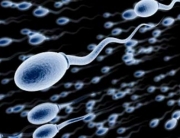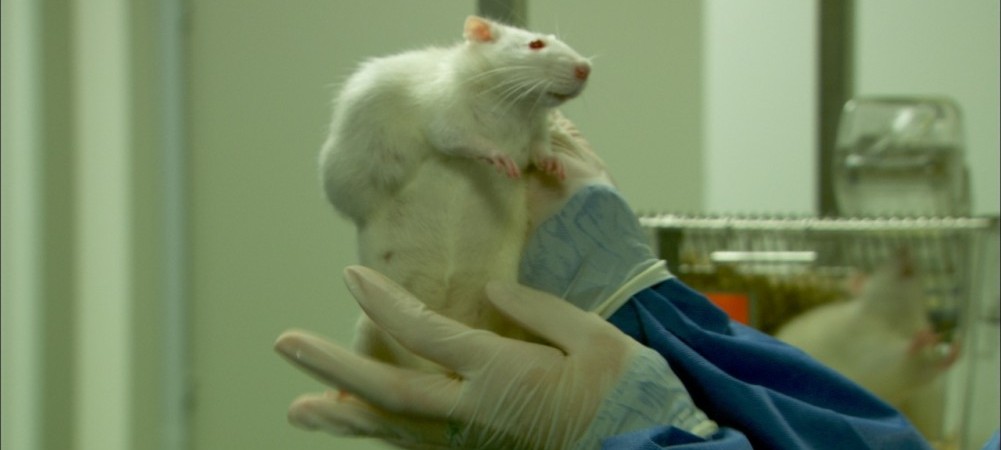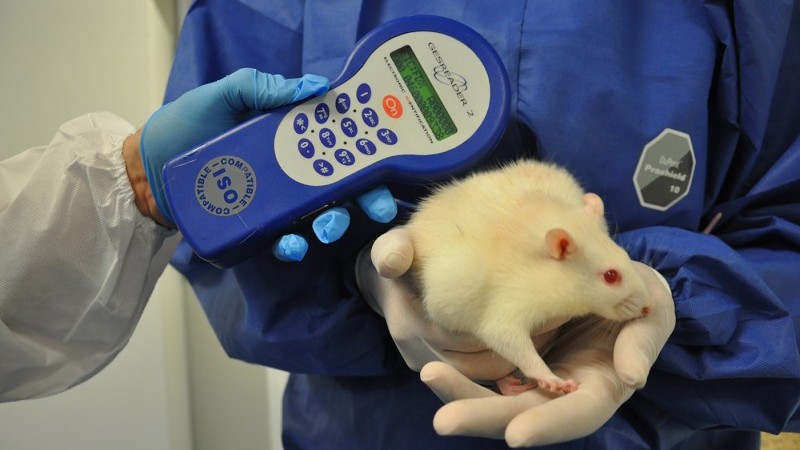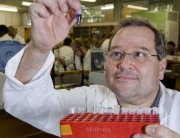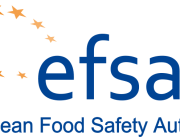GMO Seralini Managing Editor Claire Robinson has rebutted false claims by Prof Anthony Trewavas in the Scottish newspaper, the Sunday Herald, about the Seralini GM maize study.
In 2001 Trewavas was named in the High Court in London as the source of a letter published in the Herald, making libellous allegations against Peter Melchett and Greenpeace in relation to organic farming and GM foods. On that occasion Trewavas denied responsibility for the libellous letter published under his name: http://www.powerbase.info/index.php/Anthony_Trewavas
More about the Scientific Alliance, the corporate-friendly lobby group to which Trewavas is advisor: http://www.powerbase.info/index.php/Scientific_Alliance
1. Addressing claims on GM lab tests: Letter to the editor from Claire Robinson of GMOSeralini/GMWatch 2. Flawed study fails to prove harm: Letter to the editor from Prof Anthony Trewavas, Scientific Alliance 3. Row over ‘suppressed’ study suggesting rats were killed by GM food: Article by Rob Edwards
1. Addressing claims on GM lab tests Letter to the editor from Claire Robinson of GMOSeralini/GMWatch
The Sunday Herald (Scotland), 6 Oct 2013
http://www.heraldscotland.com/comment/letters/addressing-claims-on-gm-lab-tests.22340931
Professor Anthony Trewavas’s letter regarding Prof GE Seralini’s study, which found that a Monsanto GM maize and tiny amounts of the Roundup herbicide it is grown with caused serious health effects in rats, misrepresents the study as well as OECD guidelines on safety studies (Flawed study fails to prove harm, Letters, September 29).
Trewavas’s claim that there are “many hundreds” of lifetime feeding experiments with GMOs is false. A search by the French food agency ANSES in the wake of the Seralini controversy uncovered just two comparable studies performed over the natural lifetime of the animal. One found health problems in the GM-fed animals and the other was only available in Japanese.[1]
Trewavas writes that 75-80% of the type of rats in Seralini’s experiment develop tumours spontaneously. Trewavas fails to mention that in Seralini’s experiment the rats that ate the GM maize and Roundup developed more tumours per rat, at an earlier stage of life, and that those tumours grew more aggressively, than the control rats. It is these trends, not the total number of rats with tumours at the end of their life, that are important and worrying.
Contrary to Trewavas’s implication, OECD has never set guidelines for chronic toxicity studies on GM foods like Seralini’s. But it has set guidelines for chronic toxicity studies for chemicals – and stipulates analysis of the same number of animals that Seralini used.[2] OECD requires larger numbers of animals to be used in cancer studies for industry safety tests on chemicals to protect the public against “false negative” findings, where a toxic effect exists but is missed. Seralini did find toxic effects, so the number of animals used is not an issue.
Finally, Seralini’s control group had the same number of animals as each treatment group. Each treatment group was compared separately to the single control group, according to standard scientific practice and OECD guidelines.
We address the misleading claims about the Seralini study made by Trewavas and other GM supporters in detail online at gmoseralini.org.
Claire Robinson, Editor, GMOSeralini.org
Notes
[1]. ANSES (French Agency for Food Environmental and Occupational Health & Safety) (2012). ANSES highlights the weaknesses of the study by Seralini et al, but recommends new research on the long-term effects of GMOs.
[2]. Detailed explanation and references available here: https://www.gmoseralini.org/criticism-seralini-used-too-few-animals/
2. Flawed study fails to prove harm
Letter to the editor from Prof Anthony Trewavas, Scientific Alliance
The Sunday Herald (Scotland), 29 September 2013
http://www.heraldscotland.com/comment/letters/flawed-study-fails-to-prove-harm.22264765
Rob Edwards’s article on GM omitted crucial information which explains why Professor Gilles-Eric Seralini’s studies have been rejected by every competent authority concerned with food safety throughout Europe and the US (Why has study saying GM could kill been ignored, News, September 1).
Harlan, which markets the Sprague Dawley rodents used by Seralini, state that 755-80% of their inbred line spontaneously (and thus at random), develop tumours within a two-year period – something Seralini omits to mention.
The OECD provides recommendations on rodent numbers to be used for two-year feeding trials so that statistical significance of any treatment can be established. The control numbers used were too small for any significant change to be detected. The kinds and numbers of tumours formed in Seralini’s experimental treatments fell within the historical norm for this rodent line and with a proper number of controls, statistical analysis would have indicated there was no effect. Thus the claim that the genetically engineered corn component of the diet or the herbicide caused the tumours was insupportable.
There are many hundreds of life-cycle feeding experiments using GM crops using numerous animal species, including farm animals. When properly performed, no effect has been reproducibly established.
The benefits of GM crops to farmers, wildlife and to farm emissions have been established many times. Crops with direct benefits to consumers are well on the way.
The longer aim of these GM opponents is for organic farming – but they omit to tell the public that in Germany in 2011, 54 people died and thousands received permanent physiological injury from eating organic produce. No-one has died or been injured from eating GM food.
Professor Tony Trewavas
Scientific Alliance Scotland
3. Row over ‘suppressed’ study suggesting rats were killed by GM food
Rob Edwards
Sunday Herald, 01 September 2013
http://www.robedwards.com/2013/09/row-over-suppressed-study-suggesting-rats-were-killed-by-gm-food.html
Professor Seralini and fellow researchersA scientific study suggesting that genetically modified (GM) food killed rats has been “suppressed” because of a successful lobbying operation by multinational biotech corporations, say environmental campaigners.
The study, carried out by a team of researchers under Professor Gilles-Eric Seralini at the University of Caen in northern France, ran into an immediate barrage of condemnation when it was published. As a result, it has been largely ignored by the media, and is mostly unknown in the UK.
But campaign groups are now seeking to redress that by launching a series of public meetings across the UK starring Professor Seralini. He is a molecular biologist and president of the scientific board of the Committee of Independent Research and Information on Genetic Engineering.
The first event, in what been dubbed “GM Health Risk Week”, is due to take place in Edinburgh University on Monday. Then on Tuesday Seralini is giving a briefing in the Scottish Parliament.
Seralini’s study was published in the peer-reviewed journal, Food and Chemical Toxicology, in September last year. It reported the results of feeding groups of laboratory rats GM maize or its associated herbicide, both made by the US company, Monsanto.
The study concluded that over two years the rats suffered increased rates of organ damage, tumours and premature death. The researchers blamed GM organisms and the herbicide, concluding that both “must be evaluated very carefully by long term studies to measure their potential toxic effects.”
But as soon as it appeared, the study was heavily criticised as “absurd”, “inadequate” and “well below standard”. Quotes from scientists were gathered and distributed by the Science Media Centre in London, which has received funding from GM companies like Monsanto, as well as many other sources.
A campaign was mounted to try and persuade the journal to withdraw the study. This was resisted, however, though it has published a series of criticisms by scientists, as well as detailed responses from Seralini.
Rats with tumours
The Seralini study “threatened the very basis of the multi-billion dollar GM industry”, according to Claire Robinson, from the environmental group, GM Watch. Media coverage “was stamped out by the pro-GM Science Media Centre,” she claimed.
“Attacks on Seralini’s study methodology are especially suspect because he simply replicated Monsanto’s own study on the same GM maize but extended it in length. Are we expected to believe that this study design is good enough to prove the safety of this GM maize but not good enough to show hazards?”
Robinson, who runs a website dedicated to defending Seralini’s work, accepted that no study is perfect. “But Seralini’s is the longest and most thorough to date on a GM food and its associated pesticide,” she said. “We ignore its findings at our peril.”
But Julian Little, chair of the Agricultural Biotechnology Council representing Monsanto and other GM companies, described the study as “deeply flawed in many ways”. The accusation that it had been suppressed was “totally crazy”, he told the Sunday Herald.
“It’s a conspiracy theory that doesn’t stack up”, he said. “More than three trillion meals with GM ingredients have been eaten by people around the world without any substantiated health issues. The question of whether GM is safe is a dead duck.”
Mike Small, a founder of the prize-winning Fife Diet promoting local, natural food, argued that patented GM seeds destroyed hundreds of years of common knowledge about growing food, and made it the sole property of a company. “This is completely unacceptable,” he said.
Small attacked the UK government for backing GM, and was concerned that this was putting pressure on Scottish ministers to soften their anti-GM stance. The Food Standards Agency Scotland has advised that Seralini’s data did not support his conclusions.
Nevertheless, the Scottish environment minister, Richard Lochhead, reiterated his fundamental opposition to GM crops. ”To grow GM crops would damage the Scottish brand,” he said. “No GM crops are grown in Scotland and we are committed to ensuring that remains the case.”
At the same time as GM Health Risk Week, a new food agency, Nourish Scotland, is conducting a public inquiry in Edinburgh aimed at delivering a blueprint for feeding Scotland’s five million people sustainably. Its vision does not include GM food.
“If there is a 1 in 1,000 chance that Professor Seralini is on to something, we should be replicating and building on his studies as a matter of urgency – even a small risk of harming the health of billions of people should be explored openly,” said Pete Ritchie, the director of Nourish Scotland.
“If we retain our critical faculties and practise sound science, we can feed Scotland well and sustainably into the future without surrendering our autonomy to global corporations and taking risks with public health and biodiversity.”























